Fun. A three letter word you won’t hear me mention often when discussing gamification! Why? Well, fun is really subjective. What you find fun, I may not. However, for the purposes of this blog, we will assume I like fun as do you and when I mention fun – it means something you will find fun!
With that out of the way, here’s the thing. If you look at Flow or my Engagement Channel stuff, you will see that to enter flow and be truly engaged, the challenge of whatever you are doing should match or slightly exceed your current skill level.
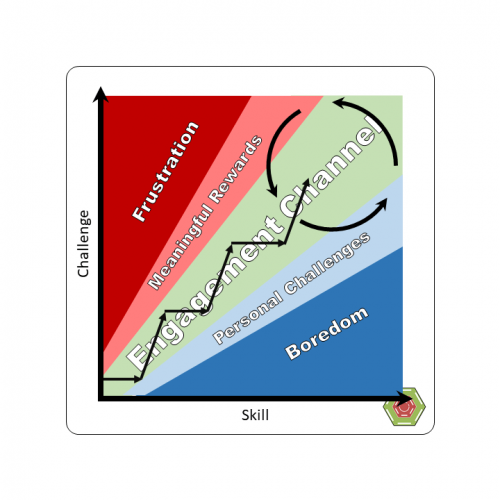
As with my Engagement Channel model, you can soften the impact of a challenge being too much by adding meaningful rewards and you can soften the impact of your skills being greater than the challenge, by adding personal challenges.
However, in games I am seeing more and more games that drop you straight into a scenario where the challenge instantly far outweighs your skills. By all our models, this should lead to instant frustration and most likely disengagement – but it doesn’t always. For some reason, there are some games that I play, that no matter how tough they are and how far off my skills are from the challenge – I keep coming back over and over again. Why? Because they are fun to play!
Does this mean there is another dimension to the Engagement Channel or the our view on Flow?
BJ Fogg
If we look at BJ Fogg’s famous Behaviour Change Model, we can see that there are three main dimensions in his B=MAP formula. Behaviour = Motivation x Ability x Prompts.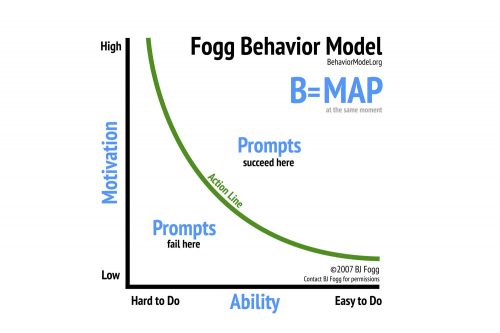
Basically for a behaviour to happen, motivation, ability and prompts all need to align. If a task is hard, but you have high motivation to do it – the right prompt will start to encourage the behaviour. If the task is easy, your motivation can be lower with the correct prompt. A third factor can influence the outcome without anything else changing.
So, how can I steal this idea and start to add a new dimension to my Engagement Channel Model. Well, I’m glad you didn’t ask!
The Engagement Channel Model 2.0
To simplify the original concept, what I am now proposing is that fun can act as a buffer between engagement, frustration and boredom, essentially widening the Engagement Channel.
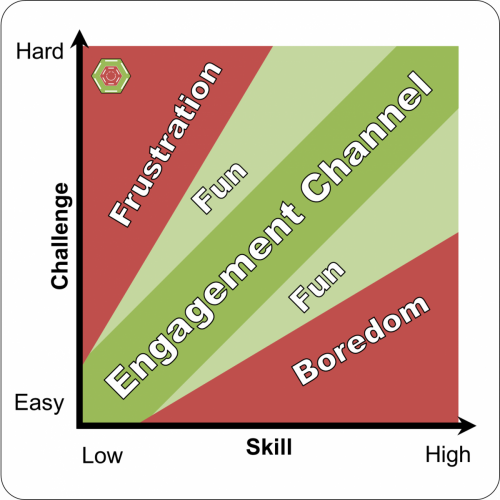
Now, I am not trying to tell you what your users may find fun, what I am saying is the older I get, the more I realise that fun makes a huge difference to your motivation to do things, even if they are really hard or if they are slightly boring. Adding that element of fun can make all the difference.
Similar Posts:
Also published on Medium.

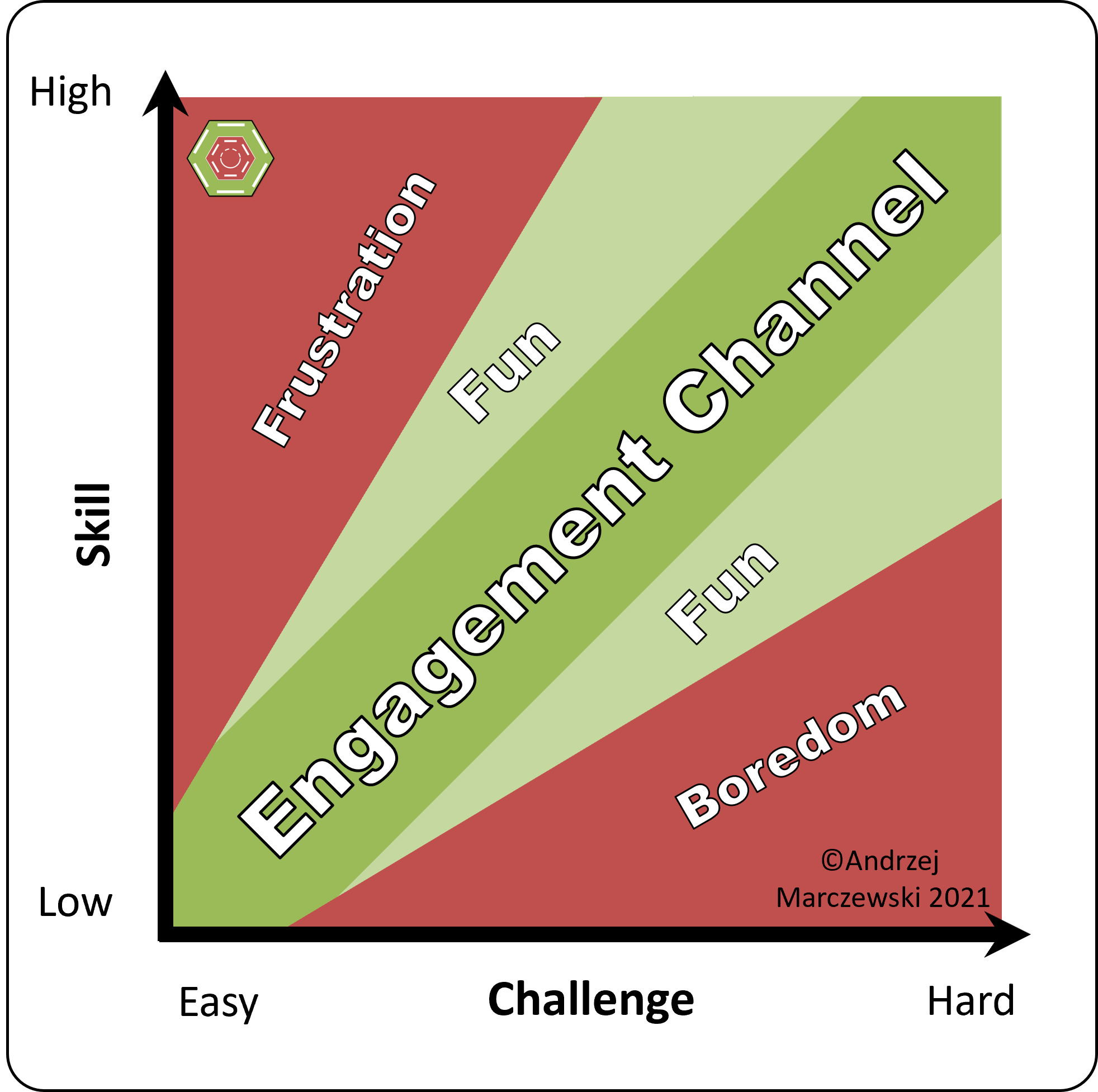
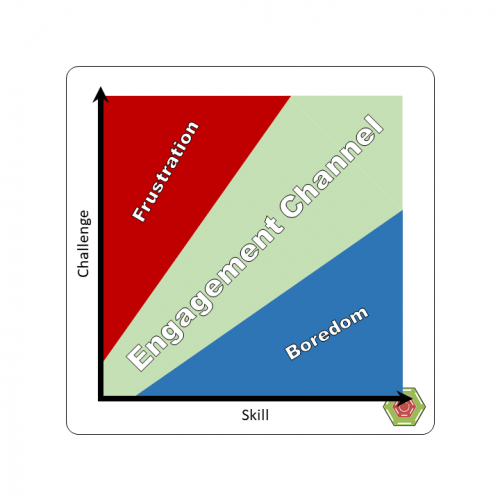
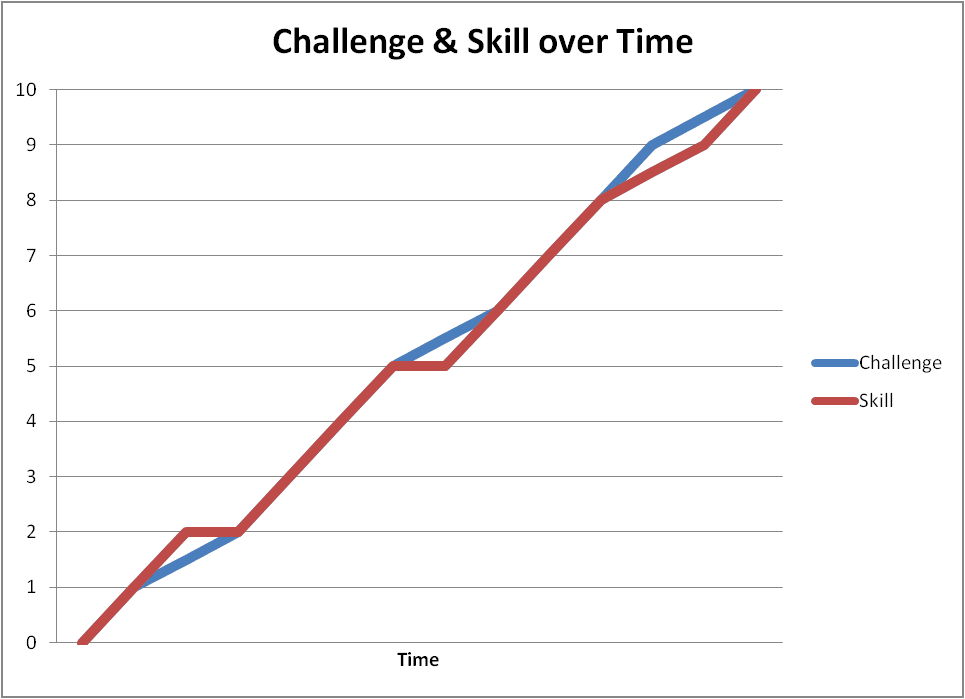

Hi, is there a reason why you changed the axes of the diagram? Are the results the same after the change?
I made a mistake – thank you for spotting it!!!